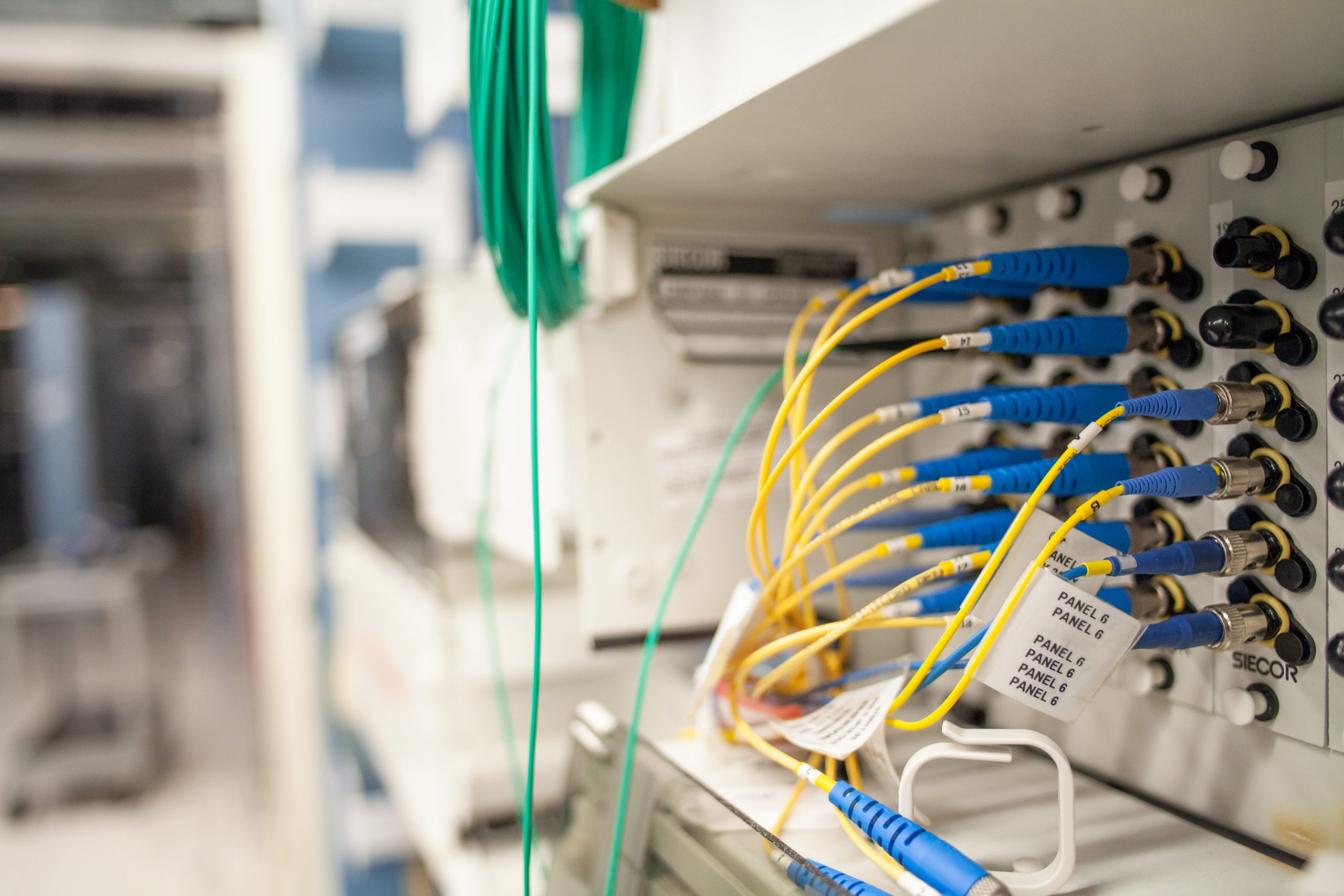Optical Fiber Characterization Services
Elevate your network performance with our optical fiber characterization services. Our expert technicians offer comprehensive analysis and testing to ensure the reliability and efficiency of your optical fiber infrastructure. Trust us to provide accurate insights and recommendations for optimizing your network’s performance.
Fiber Characterization
Legacy Fiberopitcs, Inc. takes pride in providing nothing less than the most efficient Fiber Characterization (FC) services for our customers. FC is required for high speed DWDM networks to ensure that signal integrity is not affected by ORL, CD, and PMD. It includes a comprehensive set of measurements performed on a fiber optic cable link to determine the key performance attributes of that link. Our Fiber Optic Characterization service provides you with a true representation of your network’s capabilities.
When Should Fiber Characterization Be Performed?
Remember that each time a system gets upgraded to a faster delivery speed the optical thresholds for that fiber system become more stringent.



Tests We Provide
- Optical Return Loss (ORL)
1550nm and 1625 wavelengths, bi-directional - Power Meter and Light Source (LTS)
1550nm & 1625nm wavelengths, bi-directionally averaged - OTDR
1550nm & 1625nm wavelengths, bi-directionally averaged - Polarization Mode Dispersion (PMD)
1550nm wavelength, one direction - Chromatic Dispersion (CD)
1520nm to 1630nm at 10nm wavelength increments, one direction
Customized final reports are included with this service.
Please contact our Professional Services group for all inquiries.
Direct Benefits of Fiber Optic Characterization
- We perform 100% visual inspection of all connectors being tested – damaged connectors are documented
- Detailed documentation of fiber spans and classification of events
- Accurate data required to configure compensation and amplifier schemes
- Reduced time to market as corrective actions can be implemented before system turn up
- Identify poor quality connections which cause high Bit Error Rates
- Data acquired can be archived to compare against future data to identify fiber degradation

